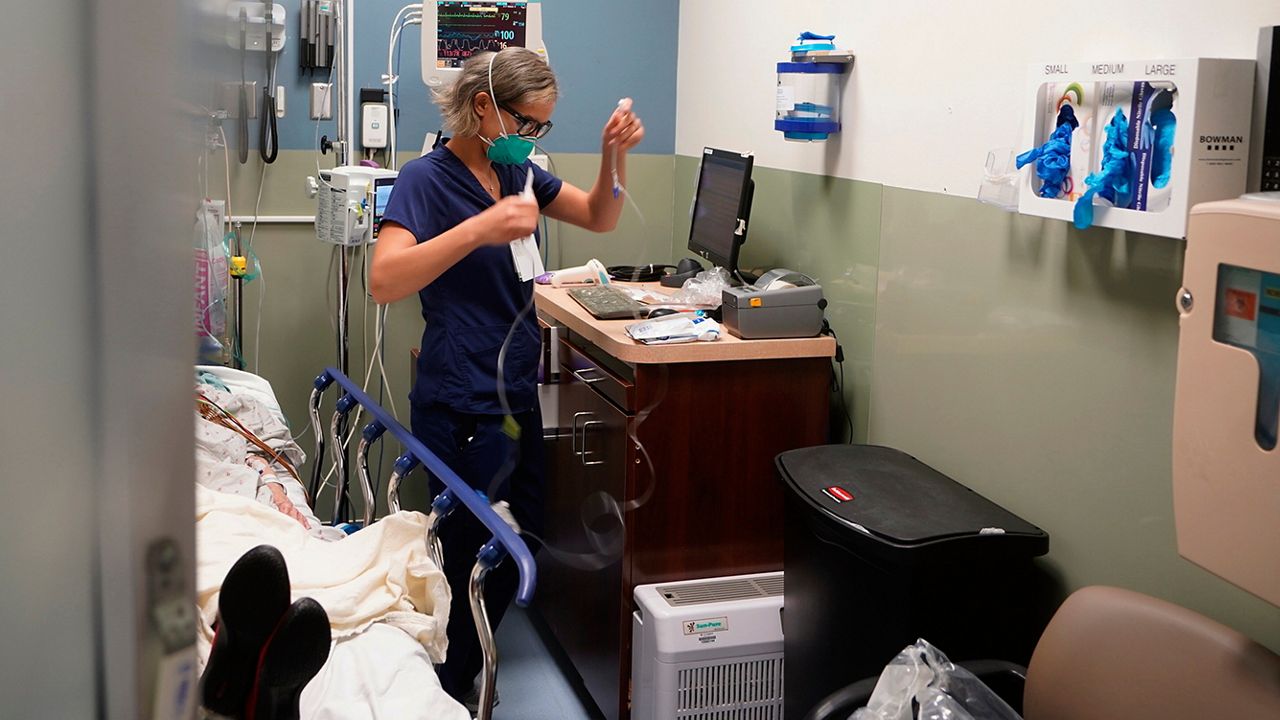Rep. Lee Zeldin wants to cut taxes as governor.
If he had his way, he told a group of business leaders at an annual gathering in the Adirondacks on Friday morning, he would end the estate tax and even the personal income tax, the state budget's main revenue generator.
But unlike the federal government, New York's budget — on paper, at least — must be a balanced one every April 1. So where would Zeldin seek to cut spending to make up for the corresponding loss of revenue? His answer: the state's Medicaid program.
"I believe Medicaid serves an important purpose," he said. "We need to protect Medicaid in New York. But we can actually go line by line into the many billions of dollars."
New York has one of the costliest Medicaid programs in the country, which provides health care for low-income residents, and is by the far the costliest item in the state budget. Efforts to slow spending in the Medicaid program have been made in the last decade, most recently by former Gov. Andrew Cuomo.
During his first term, Cuomo drew together hospital networks, health care labor unions and other experts to develop ways of "redesigning" the program to reduce the rate of spending. Zeldin on Friday with reporters indicated he would start with proposals from the second round of "redesign" efforts that were never enacted.
He specifically pointed to non-profit entities that receive Medicaid funding whose leadership ends up running for-profit health care entities.
"There's just so many ways that the taxpayers are getting cheated," Zeldin said. "That's a big ticket item, but it's not the only item."
Finding ways of reducing Medicaid spending to cut taxes will not be an easy ox to gore, however. Savings could take years to realize in a comlicated health care program. Health care groups from hospitals to insurance companies and labor unions are politically potent in Albany.
And any cuts could impact poor New Yorkers at a time when the economy is wobbling.



